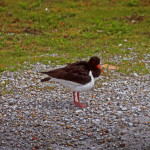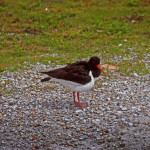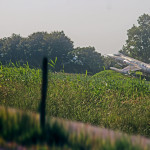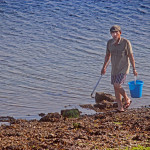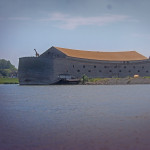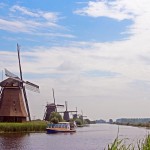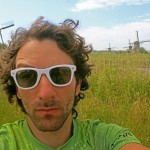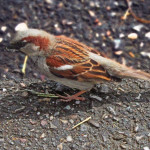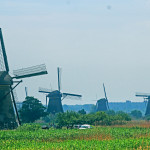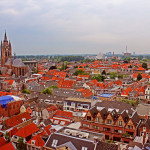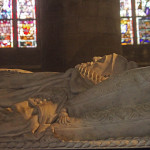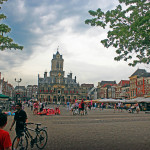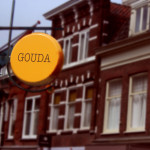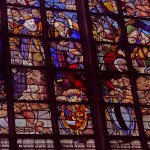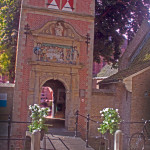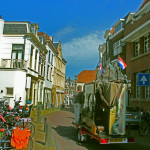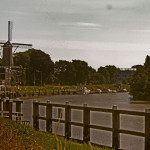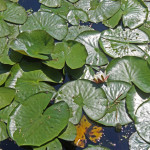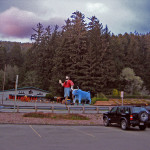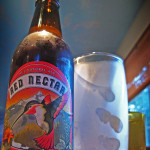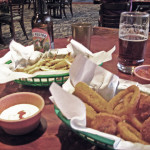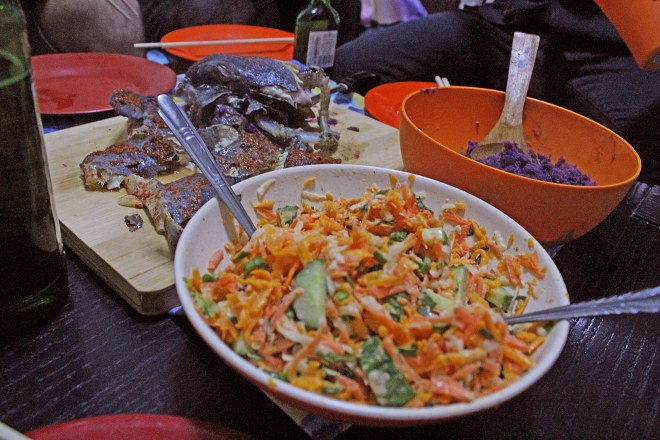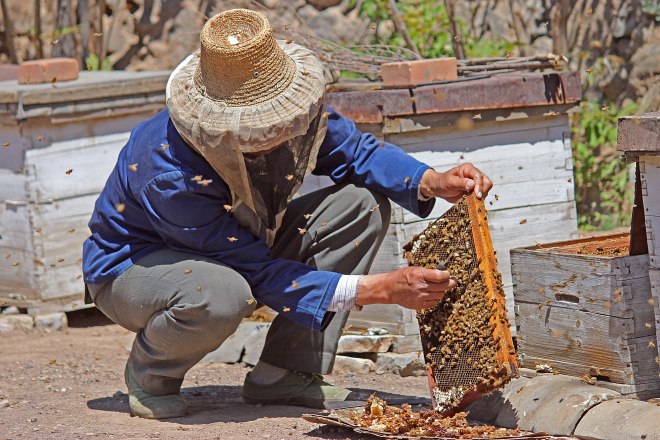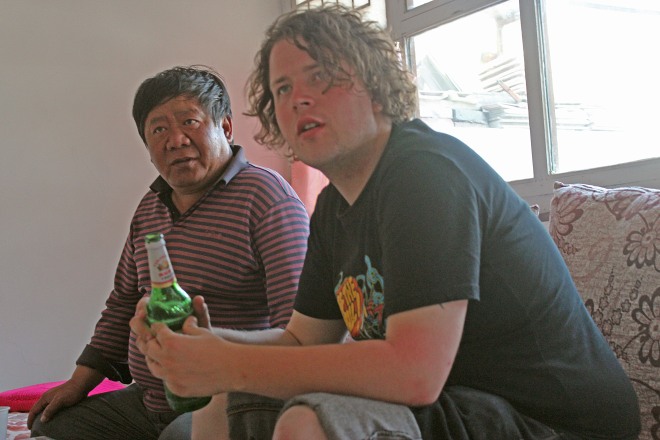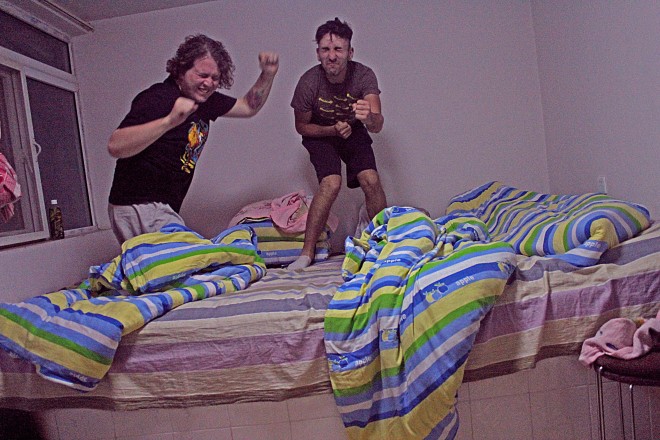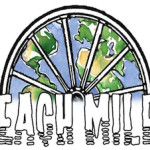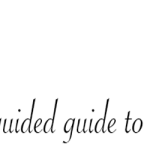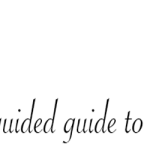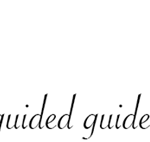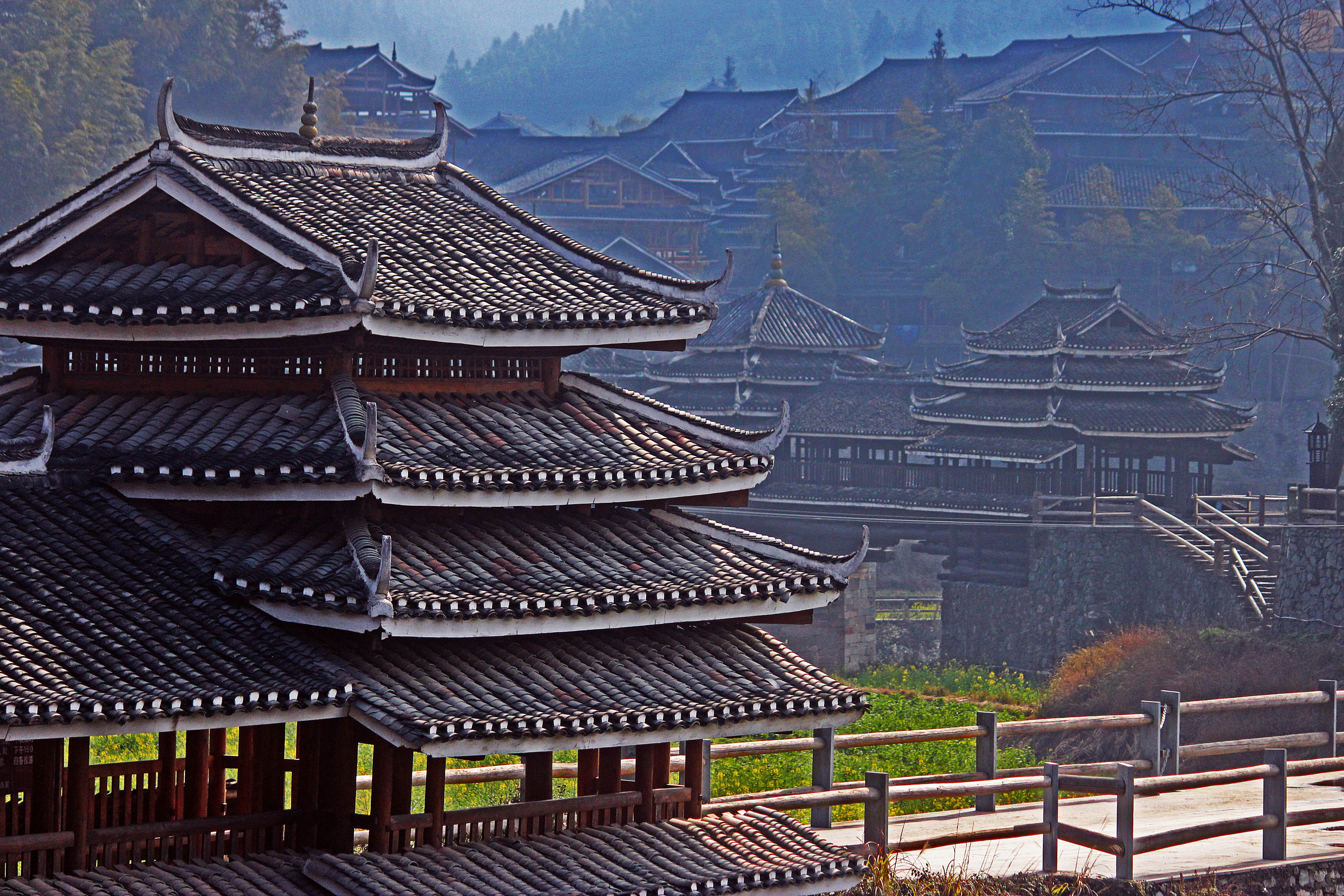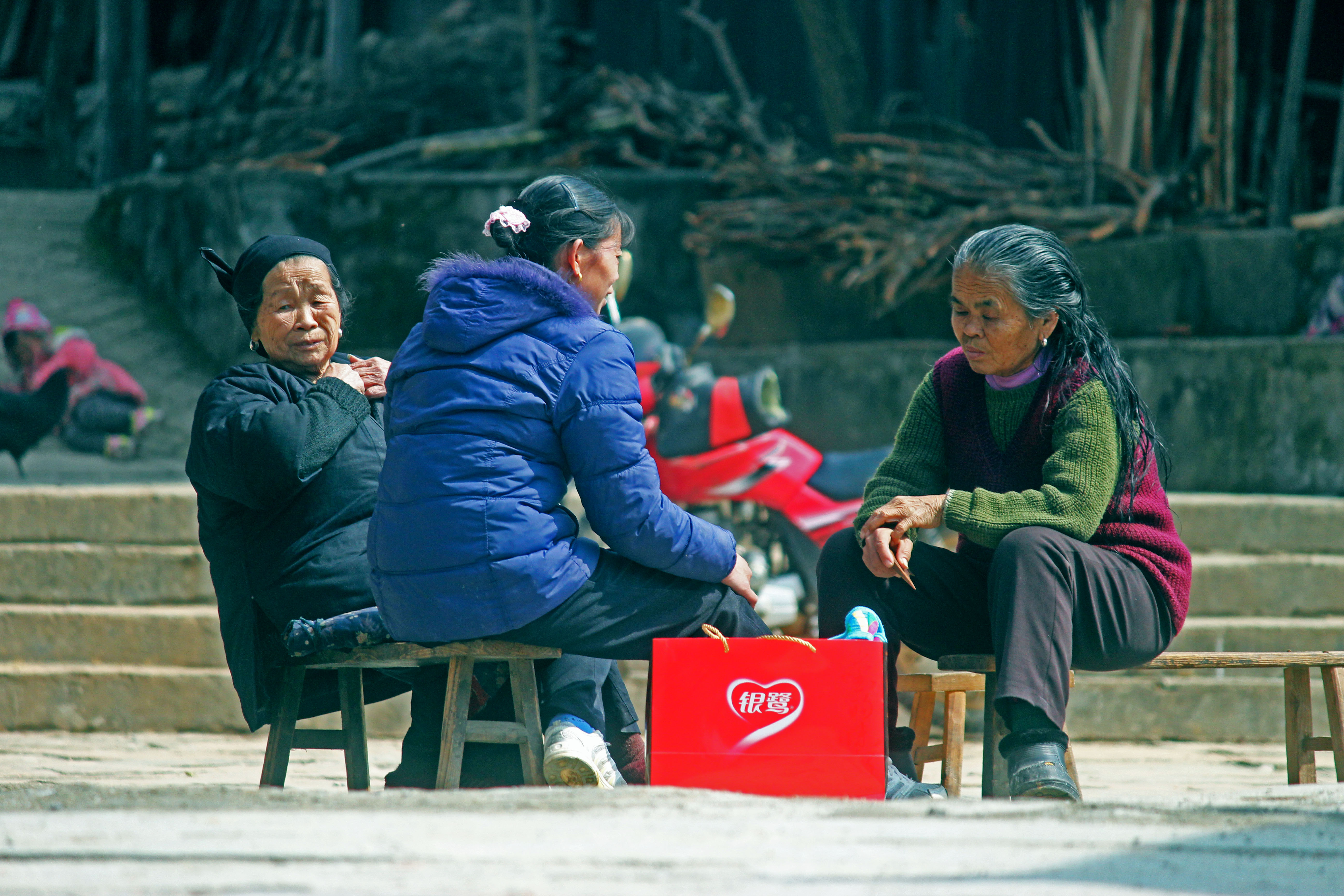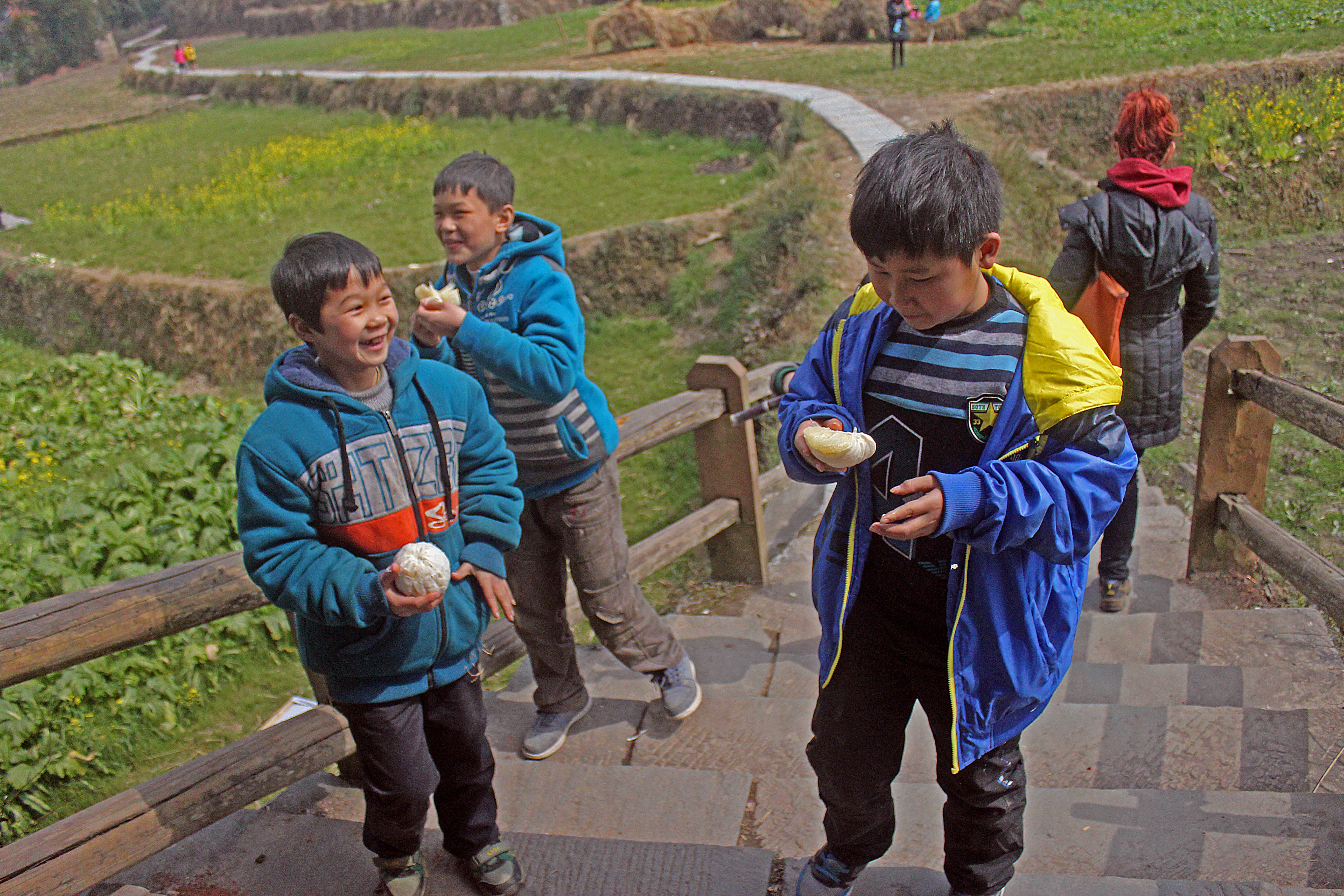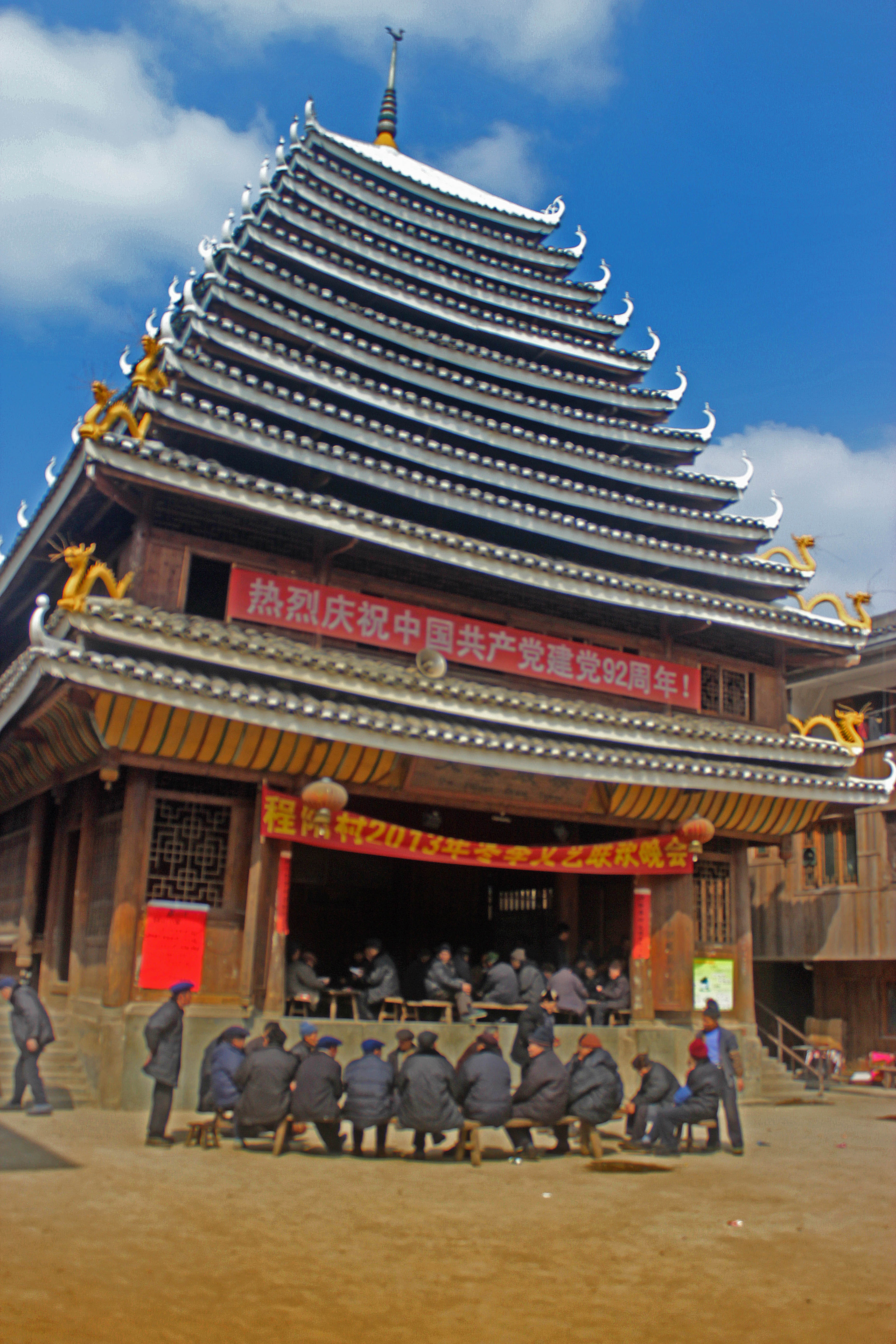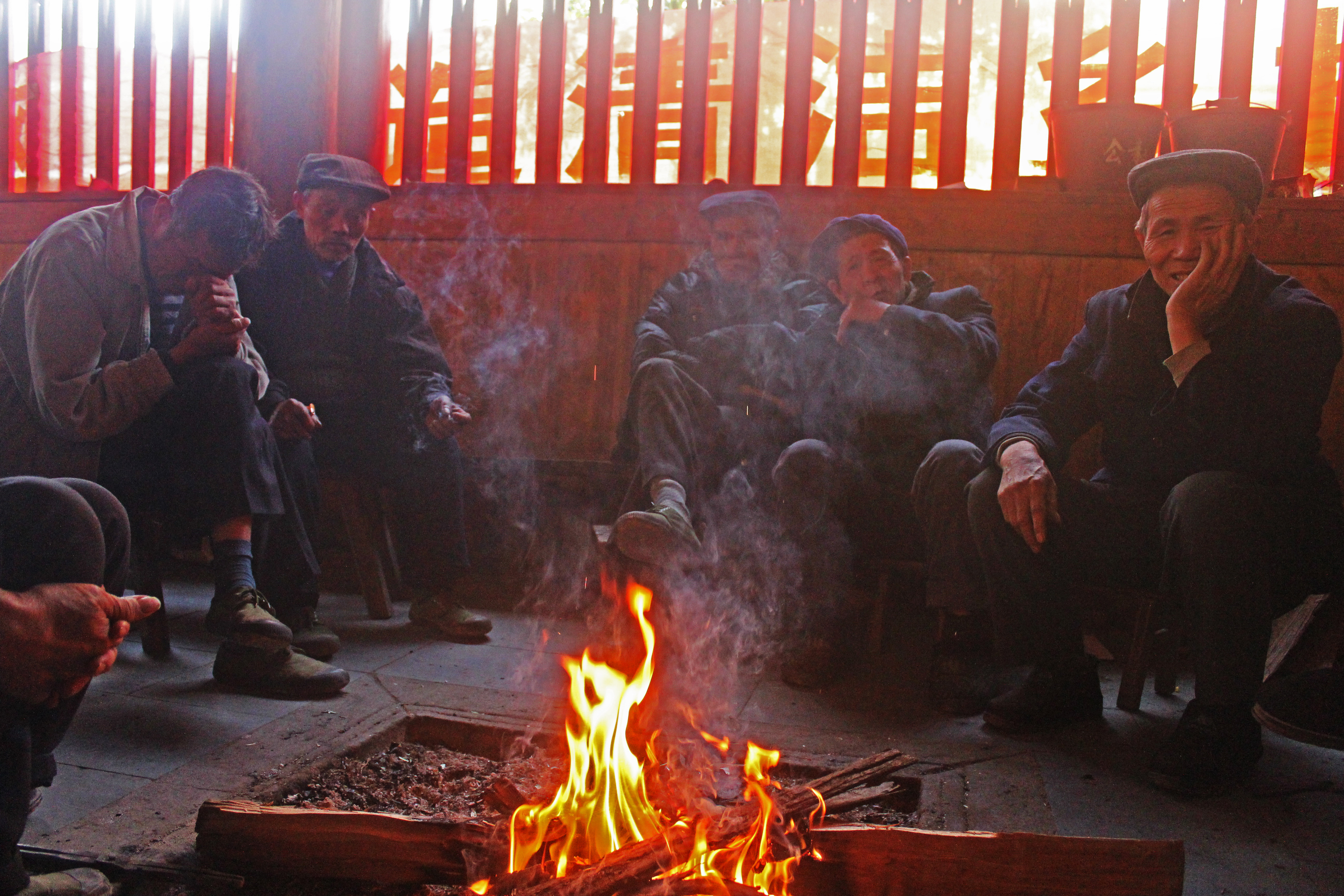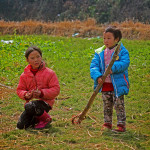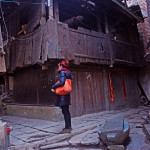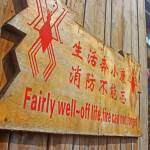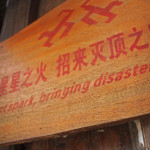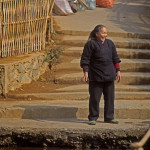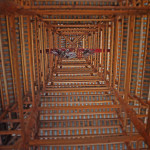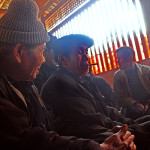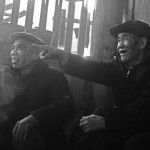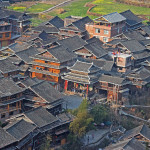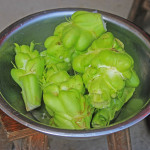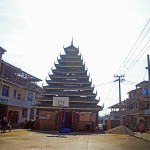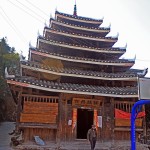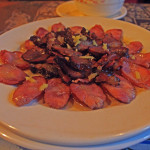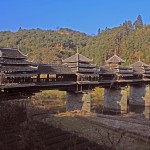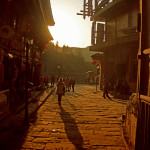There are the obvious reasons why one travel blogs. To share travel adventures, through photos and words, trying to encapsulate an experience to the reading and viewing audience. To imbue in others the same excitement, curiosity and inspiration that the blogger felt whilst traveling. To pinpoint exact emotional exaltation.
This is also the general sentiment of why I travel blog as well. The intricacies of it are way more personal. Solo travel for me only started at 24, with a trip to Brno, Czech Republic with a theatre show that ended up, with a very unexpected job in Prague and then a 4-month expedition, tracing my family’s heritage through Eastern Europe. I had never a train before and was thrilled with sticking my head out of the window, letting the wind make my eyes squint, a tornado of my brown hair, like a dog in a car ride. That same trip, I was introduced to couchsurfing. Travel took on an entirely new meaning, where it wasn’t simply placards and buildings and other travelers, it was local people, personal accounts, trans-ocean humour, Ipod music exchanges, one or two dance sessions, a game of golf in Dijon, foraging for dinner in Groningen. All I had read about travel came from books and those books laid out the foundational blueprints of how to travel. Yet there had to be something else, something more expansive and less focused on the MUST SEES and the MUST EATS.
So blogs. First big websites like Trip Advisor (which I still use as a base for exploration), then more obscure travel sites like Atlas Obscura (which, if you haven’t checked out, is the best source for Off the Beaten Path travel oddities), to the worldwide blogosphere of adventurers, trippers, dream followers and spontaneity experts. I was hooked to their words, as many of them weren’t simply telling me what they saw, but how they felt, how places impacted them or didn’t. Blogging is personal creative writing, an individual’s take on the world through their eyes, through their pens, through their keyboards. It can be laced with superlatives, poetics, judgment, digressions, failure, no words at all, all visual. I blog, even if only a few read it, to show them my version of cities and towns, of nature and of bike trips. They are my visceral accounts of the world. They are my endorsement of decorative language, trying to squeeze out the true emotion I felt in a singular moment, possibly written days after. I cannot prescribe nor would I ever want to, a reaction to what I write or how it effects where people decide to go. I hope that the few who do read it, have an opinion or an idea that sprouts from it. I hope, as that’s all one can do with putting writing into the public’s glance, that it pushes people to either travel or challenge themselves, ask questions, look unto other blogs to continue planning or imagining a more complete global sphere.
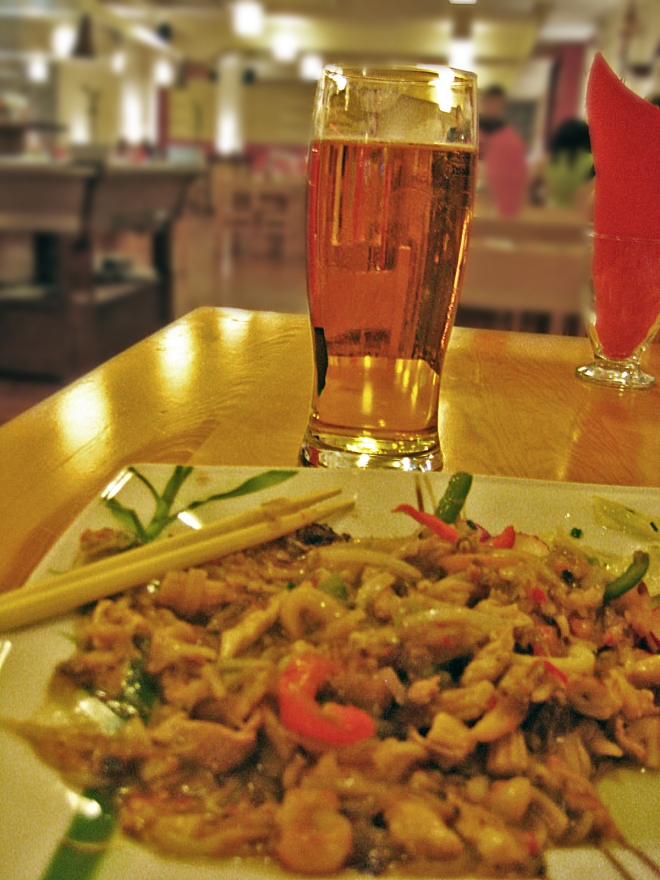
All You Can Eat – Japanese, European and……everywhere else in all time and space? Babalu’s in Warsaw. Felt so so so sick after this.
I frequently embellish memories. I cannot remember exacts, so I shameless fill in the blanks. I blog because I love to write. I love to reimagine what I have seen, to reinvigorate the recollections with verbose imaculations and neologisms (such as imaculations). Though, recent travel, via bicycle gives me the space to write as I travel. I stop where I want and if I feel the urge, I jot down the day, in summation or elongation. I write in a blue tent, where one of the poles is partially snapped due to a crow landing on it, by the waning sun, drifting behind the red mountains just outside of Santa Monica. That is an actual memory. The things that I lock into my brain vault are sometimes obscure fragments. Sometimes, due to my prior habits during travels (drinking copious amounts at night), memories are literally slits of narrow light with broken and blurred images. I write as form of self-preservation, because one of my greatest fears is loosing it all to time. Not necessarily as a legacy of what I have accomplished, but more as something for myself to look back on and simply account for what I have done. Not as somewhat of a CV for pomposity, but more as a timeline that I existed.
While my travels include people and places, I also consciously set quests for myself. I blog to uncover gems, maybe not ones that were necessarily covered by layers of sediment, just ones’ that maybe overlooked, underappreciated, the map to get to them has been used as scratch paper or made into papier-mâché for a birthday piñata (what I am saying is that no one cares where this place is). Blogs and websites are full of hints and my duty with these hints is to test them out and confirm their validity. This description seems quite vague without an example. The city of Xian, China, was the ancient capital for hundreds of years. Tourists flock here to cycle the ancient walls and see the UNESCO approved Terracotta Warriors. What very few people know about, is that at the Tomb of Emperor Jingdi, a ways out of city, another burial plot was opened to revealed, miniature terracotta figurines, along with terracotta livestock and chariots. In total, over 50,000 pieces are on display. Along with this amazing experience, is a very beautifully set up underground museum, with large vaulted glass walls revealing the digs, but beside and below you, you are free to trapes around the tomb area, see several of the tomb gates, and watch an AMAZING hologram film about the history of the site (no 3d glasses required). This place is completely under the radar and when I got there, I basically had free range of the place (think Night at the Museum, minus the reanimation of historical items). There were a handful of different directions as to how to get to this place, since it was in an odd location of the highway, leading north of the city. Armed with a few of these Internet found directions, plus the Chinese characters to this place, I ventured out to confirm this place’s existence. Luck had it that the #4, the first bus I got on and was on my list, was confirmed by the bus driver to be the correct bus. For me, that could happen is I end up going somewhere else and possibly exploring something unexpected. So it’s a win win for me.
I blog to interact with people. Blogs are a dialogue, a community of shared experiences and responses, where the responses may come in the form of words or in exploration of what the blogs’ describe. I hope that as this site builds that this dialogue fills the forums and itinerary of the new site (which will be up THIS MONTH) with evolving dialogues and information that result in people testing the waters, unburdening themselves with limits by asking questions and seeing the blog reflect your inquiries, with maybe not always answers, but further explorations, adding points to the map that I will travel to confirm experiences and places or discover errors, saving you the hassle of a fruitless expedition to nowhere. My blogs and my travels will mirror your dreams, aspirations, desires, or highlight your wonderful memories, follow your deep incites, possibly making travel a more tangible possibility instead of something you do on free weekends or something you’ll do when your decrepitly old.
I blog, because it makes me feel wonderful. It’s me facing my fears as well. I travel around the world, yet I am scared of publishing my writing. I believe it is good, that it is informative and well written, but am afraid of it being said to be otherwise. This is my version of being bold and it holds more importance that what many would be considered a blip, not part of any creative career. But blips are my greatest assets. Microcosms are my favorite worlds. I am worried about not getting anywhere; I am worried about denouncing things in favor of acceptance.
- Bar in Beverly.
- The minster of Beverly, England.
- Me on a ferry from Zebrugge to Hull.
- Ferry from Zebrugge to Hull.
- Pancake in Middelburg, Netherlands
- Pancakes in Middelburg.
- Seven Dwarfs themed Pancake Place, Middelburg.
- The late-gothic town hall of Middelburg is situated at the market of Middelburg, Zeeland. It is considered[by whom?] one of the finest gothic buildings in the Netherlands. Construction began in 1452 and was supervised by several generations of the Flemish family of architects Keldermans. Construction was completed in 1520, the town hall received a facade with gothic windows, red-white shutters, smaller turrets and twenty-five statues of Zeeland’s counts and countesses. The building has one main tower, which the Middelburgers call ‘Malle Betje’. This mocking name comes from the fact it used to run behind the town’s other clock tower, the ‘lange Jan’. A meat-auction or ‘meathall’ used to be situated in the building, which had a separate entrance. Whereas the town hall itself is still used for weddings, since 2004 it’s spaces are in use by the Roosevelt Academy, the local college. The former meat hall has been in use as an exhibition space for the SBKM since 1980.
- New friend along the journey.
- Random Plane somewhere in Western Netherlands.
- Seaweeding?
- Some crazy dude rebuilt Noah’s Ark in Dordrecht, Netherlands.
- Kinderdijk -Kinderdijk is a village in the Netherlands, belonging to the municipality of Molenwaard, in the province South Holland, about 15 km east of Rotterdam. Kinderdijk is situated in a polder in the Alblasserwaard at the confluence of the Lek and Noord rivers. To drain the polder, a system of 19 windmills was built around 1740. This group of mills is the largest concentration of old windmills in the Netherlands. The windmills of Kinderdijk are one of the best-known Dutch tourist sites. They have been a UNESCO World Heritage Site since 1997.
- more friends
- Kinderdijk, UNESCO windmills in the Netherlands.
- Delft – Town centre.
- Gouda, land of Cheese, Beer and a wonderful old town.
- The view from across the hotel -Klamath, California.
- My salvation, beer.
- An amazing meal…

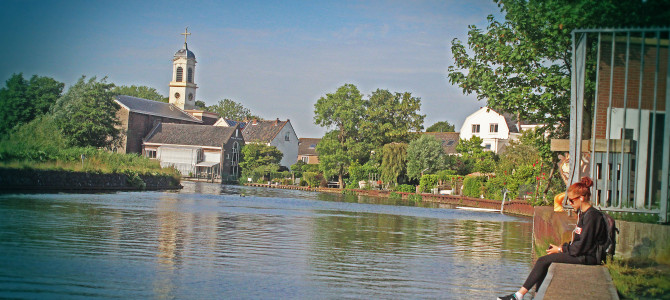
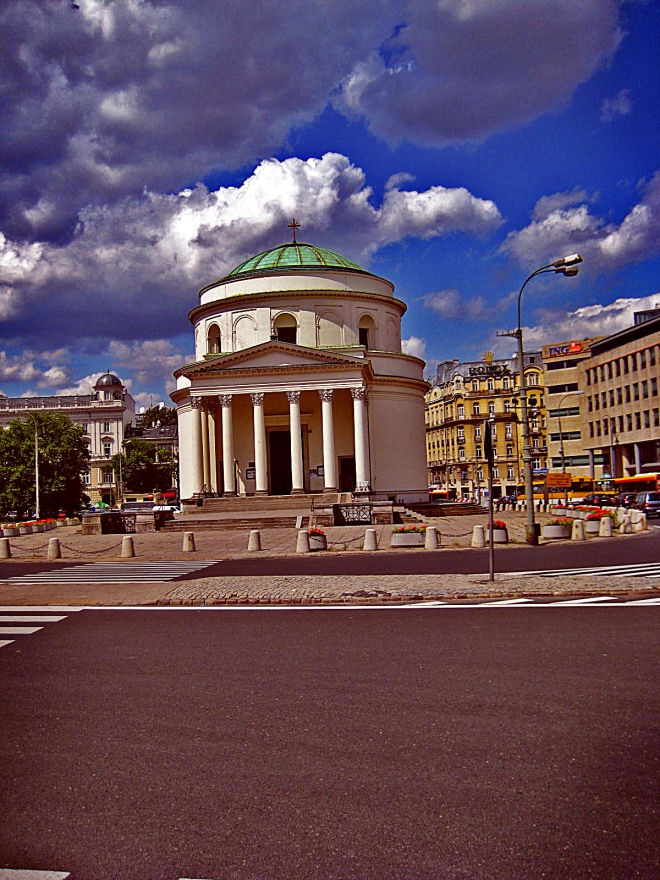
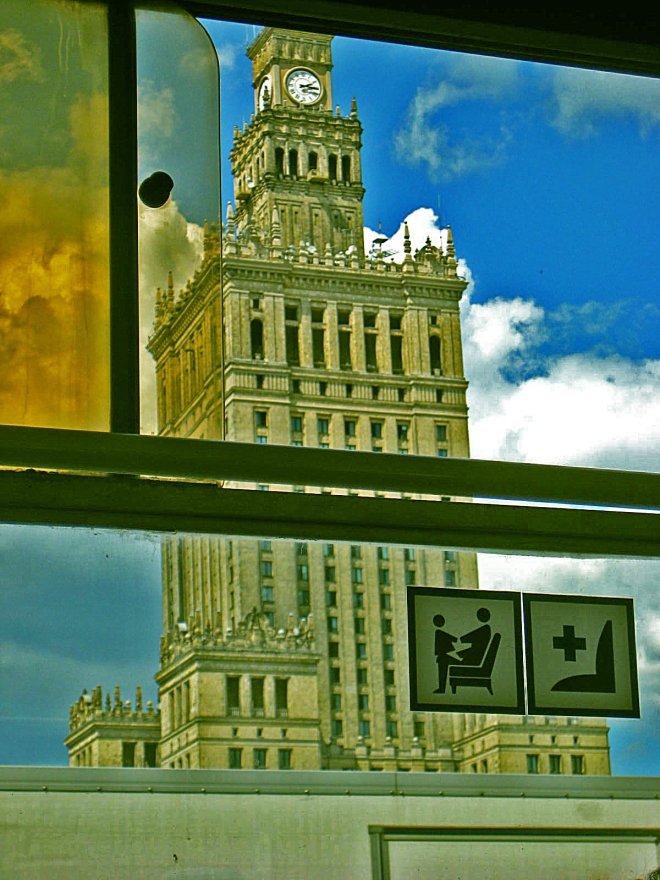
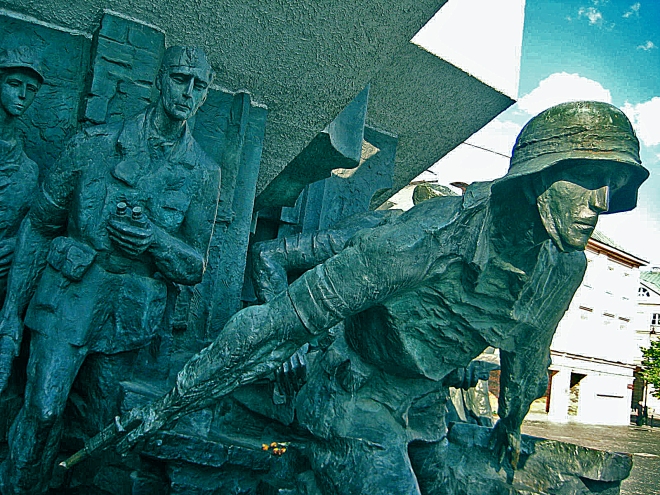

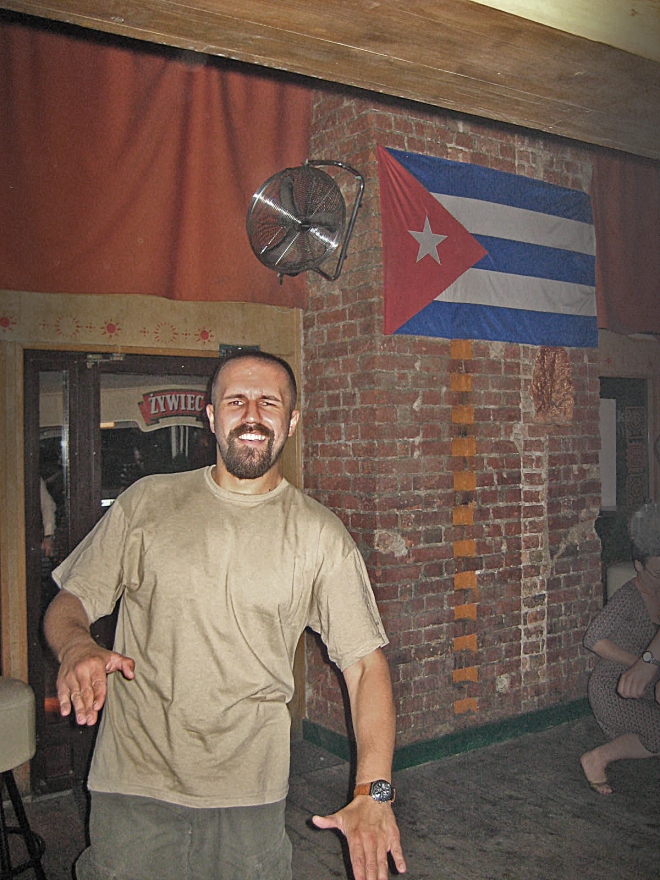

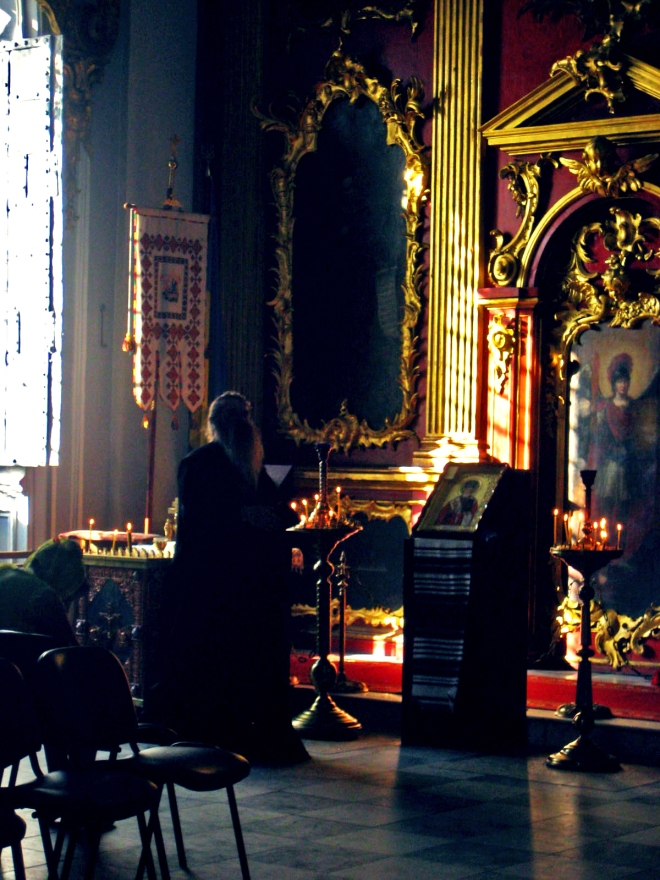
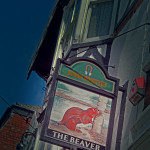
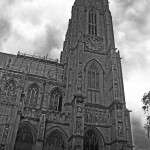
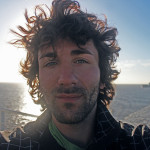
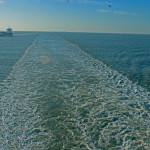
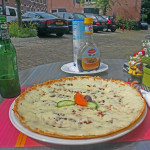
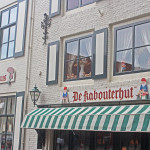

![The late-gothic town hall of Middelburg is situated at the market of Middelburg, Zeeland. It is considered[by whom?] one of the finest gothic buildings in the Netherlands. Construction began in 1452 and was supervised by several generations of the Flemish family of architects Keldermans. Construction was completed in 1520, the town hall received a facade with gothic windows, red-white shutters, smaller turrets and twenty-five statues of Zeeland's counts and countesses. The building has one main tower, which the Middelburgers call 'Malle Betje'. This mocking name comes from the fact it used to run behind the town's other clock tower, the 'lange Jan'. A meat-auction or 'meathall' used to be situated in the building, which had a separate entrance. Whereas the town hall itself is still used for weddings, since 2004 it's spaces are in use by the Roosevelt Academy, the local college. The former meat hall has been in use as an exhibition space for the SBKM since 1980.](http://pedaleachmile.com/wp-content/uploads/2015/07/e27-150x150.jpg)
